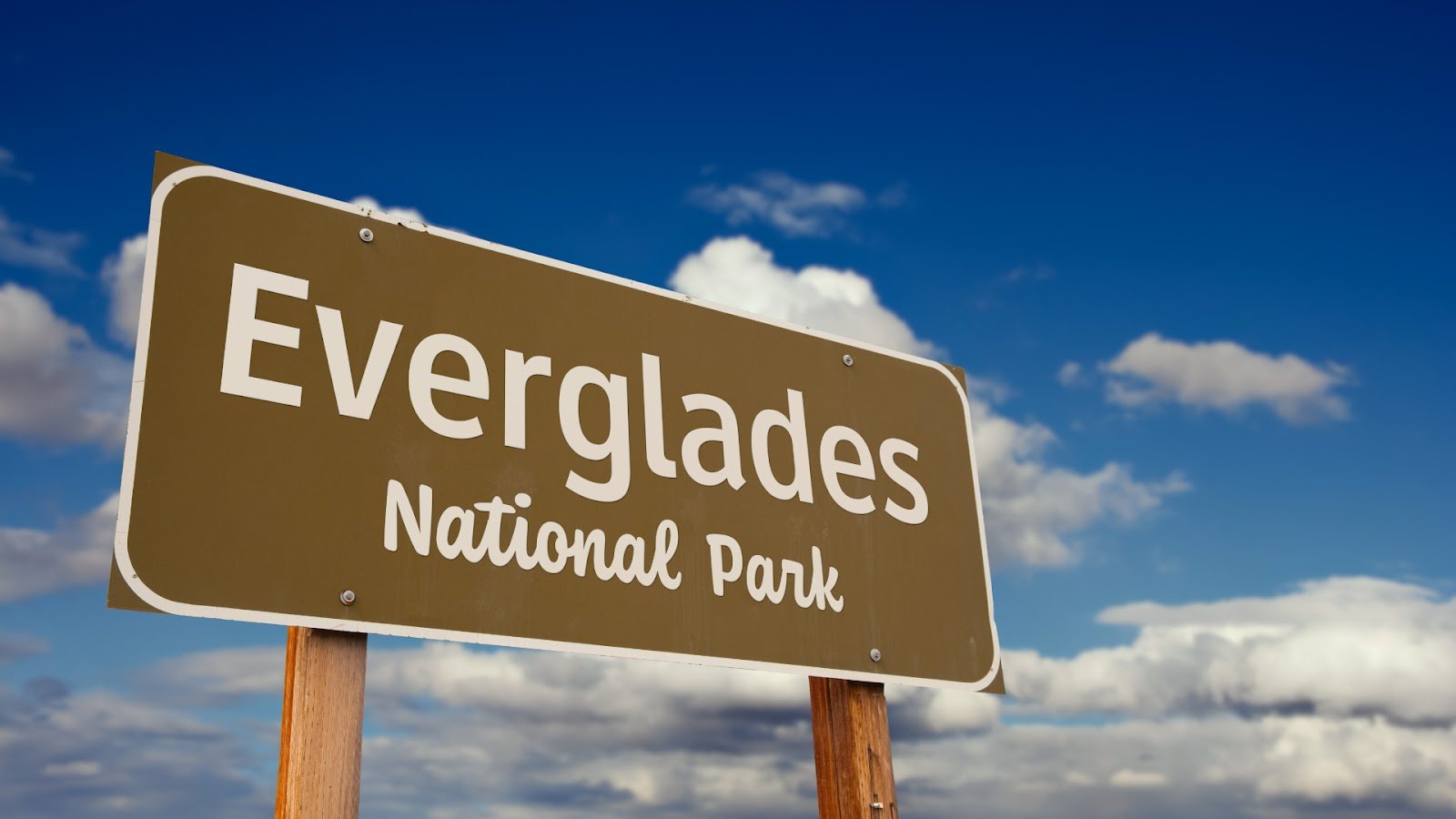
Florida’s Everglades National Park isn’t your average park. Think bigger. Picture a massive, slow-moving river of grass reaching far as you can see. This place is unique – America’s largest subtropical wilderness preserve and one of the largest national parks in the US.
It holds major honors: UNESCO World Heritage Site, International Biosphere Reserve, Wetland of International Importance. Its real magic lies in the details. Few spots on Earth have American alligators and crocodiles living together.
Countless birds, fish, and plants flourish across its different watery zones. Walk through and it feels like another world. Respect it and come prepared; you’ll find wildness hard to match anywhere else. Bring your sense of adventure.
Pack wonder alongside water and bug spray. See firsthand why saving this special place matters. Your Everglades trip begins here.
Essential Planning: Before You Go
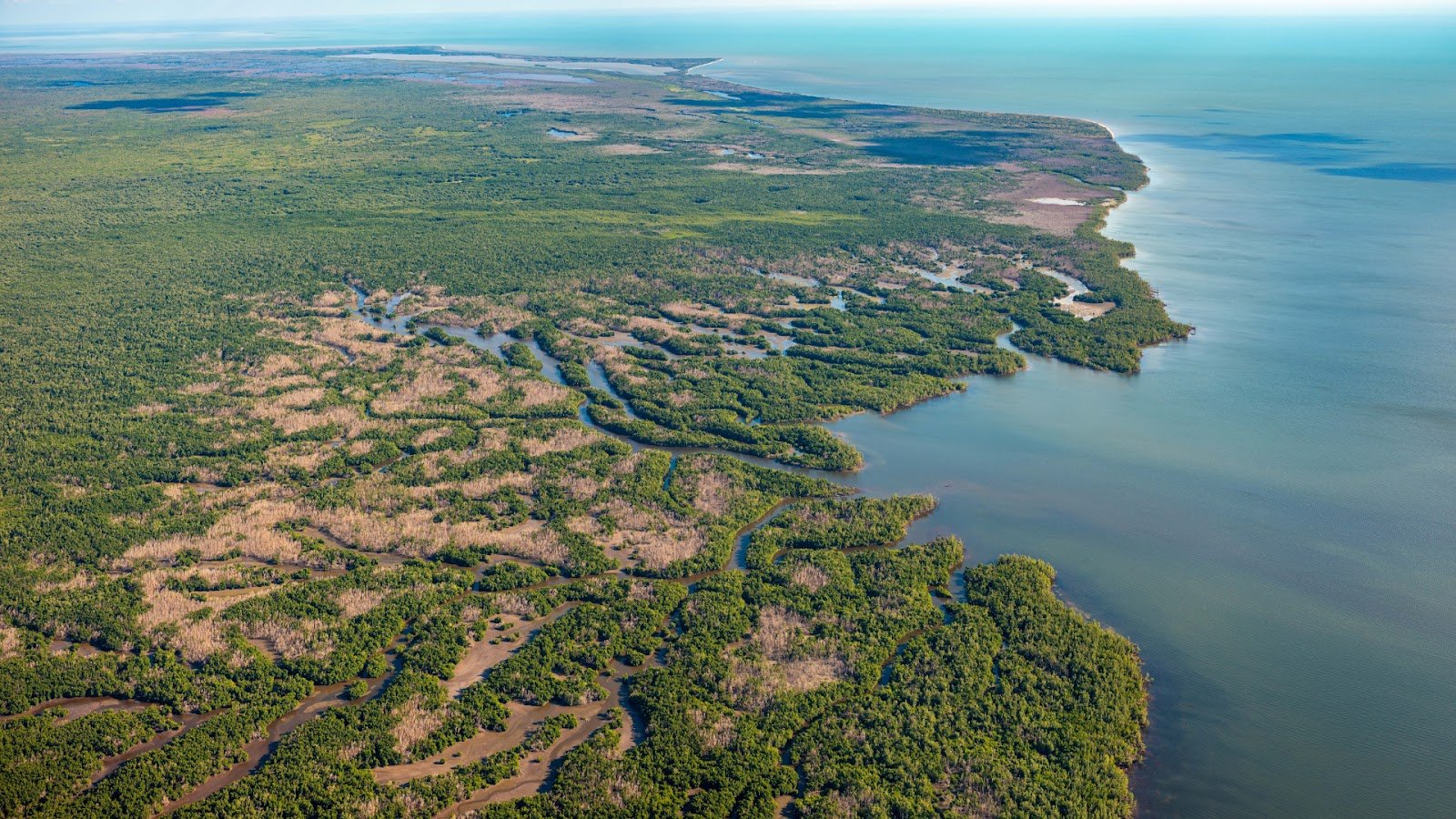
Planning improves your Everglades trip. Seasons really affect the experience. The dry season is from November to April. Water levels drop. Animals concentrate near water sources. Visitor numbers peak then. Wet season runs May through October. Water rises. Landscapes turn lush and green. Mosquitoes increase. Thunderstorms happen often. Fewer people visit. Know your travel dates.
Everglades National Park has three main entrances, each unique. Ernest Coe near Homestead is the main gateway. It leads to Flamingo and Royal Palm. Shark Valley, reached from Miami, offers tram tours and an observation tower. The Gulf Coast entrance at Everglades City opens up mangrove coastlines and Ten Thousand Islands.
Pack these items:
- Plenty of water;
- Sun protection (hat, sunscreen, sunglasses);
- Strong insect repellent (DEET works well);
- Binoculars;
- Camera;
- Sturdy footwear;
- Park map;
Water Adventures: Exploring the Liquid Highways
Paddling Paradise (Kayak/Canoe)
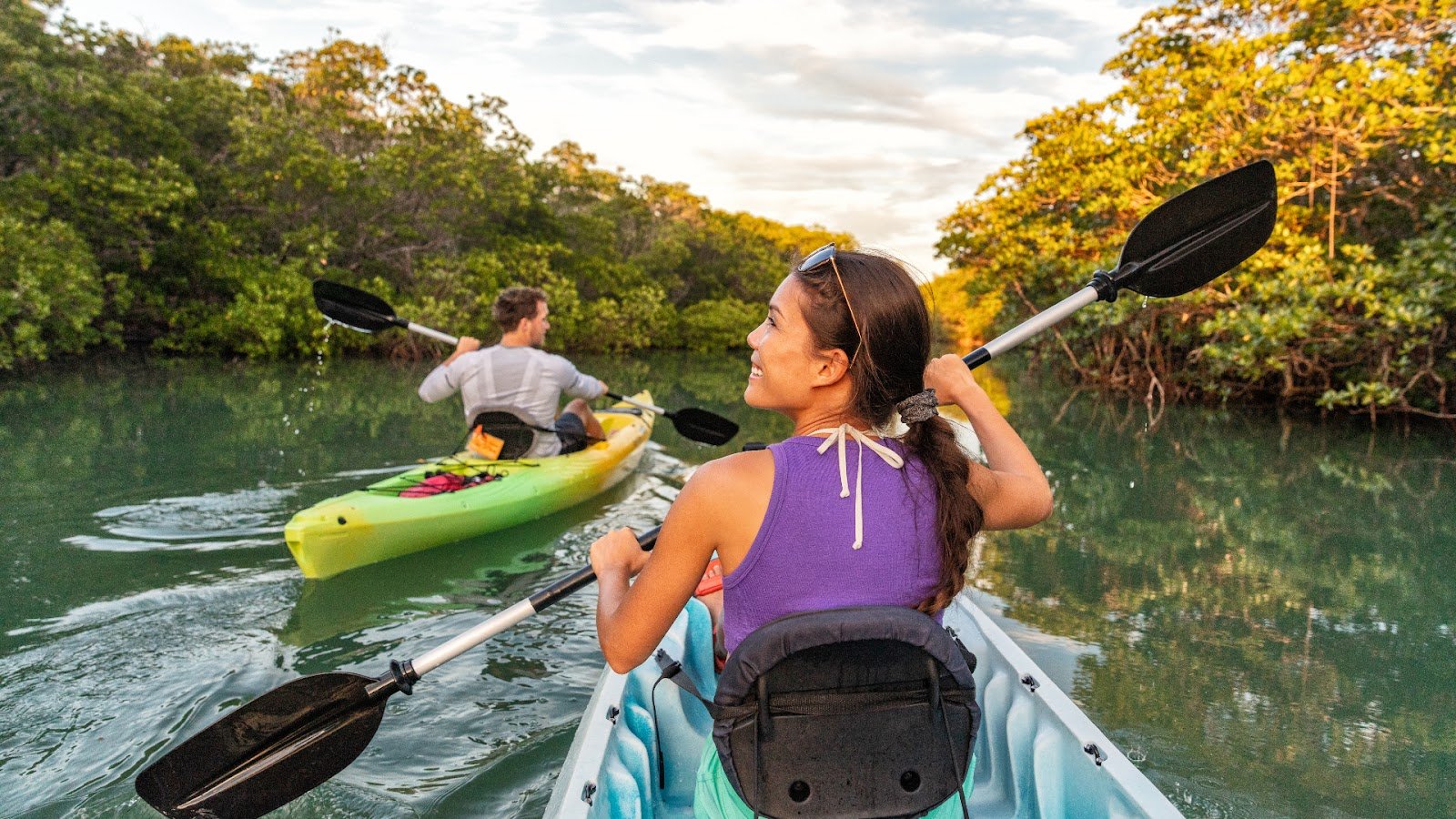
Forget roads. Water trails are the best way to experience Everglades National Park. Glide silently through unique ecosystems. Mangrove tunnels offer intimate adventures. Try Nine Mile Pond for beginner-friendly routes through open water and tight passages. Hell’s Bay provides a more challenging maze for experienced paddlers. Noble Hammock offers another intermediate option. Each trail presents different skill levels.
Want to explore coastal Everglades? Head to the Gulf Coast entrance near Everglades City. This is your gateway to Ten Thousand Islands. Paddle intricate mangrove shorelines, emerging into open bays dotted with small islands. Keep eyes peeled for amazing wildlife.
Paddling here offers close encounters with:
- Manatees;
- Dolphins;
- Wading birds;
- Alligators (always observe from safe distance);
Don’t have gear? Rent kayaks or canoes at Flamingo or Gulf Coast visitor areas. Guided tours are also available from park concessions and nearby outfitters.
Iconic Airboat Tours

Want a truly thrilling Everglades experience? Airboat rides deliver. Zoom across vast sawgrass prairies on these flat-bottomed boats powered by giant fans. It’s fast, loud, and unforgettable. Hold on tight!
Important note: Most airboat tours operate outside official park boundaries on private land.
They run through similar sawgrass ecosystems adjacent to the park. Despite this location, they remain a classic Everglades adventure visitors frequently combine with park exploration.
Expect these highlights:
- Exciting high-speed gliding over shallow water;
- Expert guides spotting wildlife;
- Learning about unique Everglades ecology;
- Close views of alligators and wading birds;
Choosing a good tour matters. Several reputable operators run concessions near main park entrances like Homestead or Everglades City. Research options beforehand for best fit.
Boat Tours & Tram Rides (Within Park)
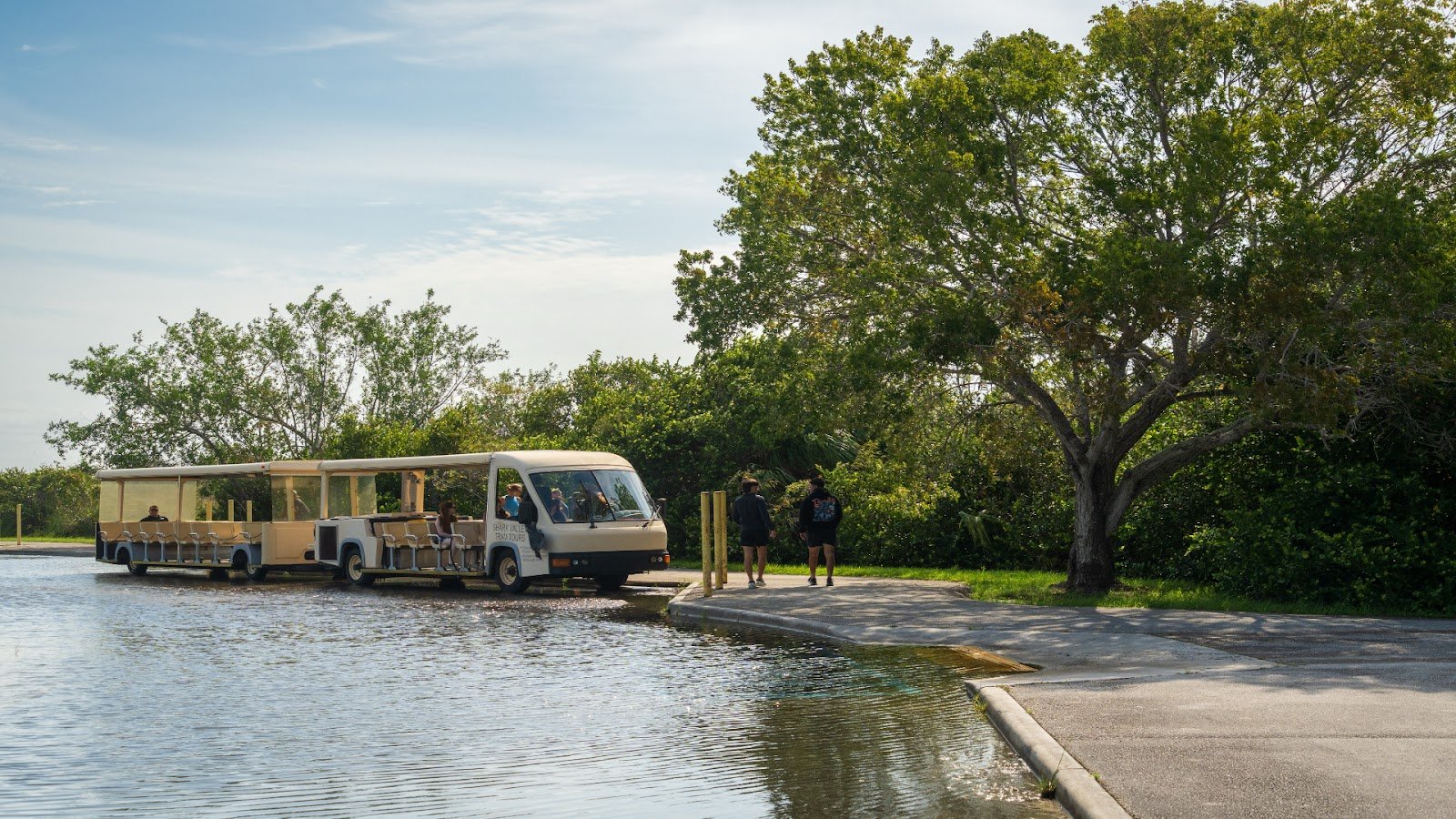
Prefer someone else doing the navigating? Park-operated boat tours and tram rides offer easy, guided exploration inside Everglades National Park. Each provides unique perspectives on this vast wilderness.
At Flamingo, hop aboard a boat tour exploring Florida Bay. Guides help spot diverse wildlife like American crocodiles, dolphins, and numerous bird species in these coastal waters. Backcountry boat tours venture further into remote areas. Over at Shark Valley, the narrated tram tour is a top choice.
This comfortable two-hour ride travels along a 15-mile loop through iconic sawgrass prairie, ending at an observation tower for panoramic views. Gulf Coast entrance near Everglades City offers boat tours too. These explore intricate mangrove estuaries and the beautiful Ten Thousand Islands archipelago.
Key features of these tours:
- Knowledgeable ranger or guide narration;
- Focused wildlife spotting opportunities;
- Access to areas difficult to reach otherwise;
- Shark Valley tram includes tower access;
- Biking the Shark Valley loop is also an option;
Land Explorations: Trails, Towers & Two Wheels
Hiking & Walking Trails (Variety of Lengths/Ecosystems)
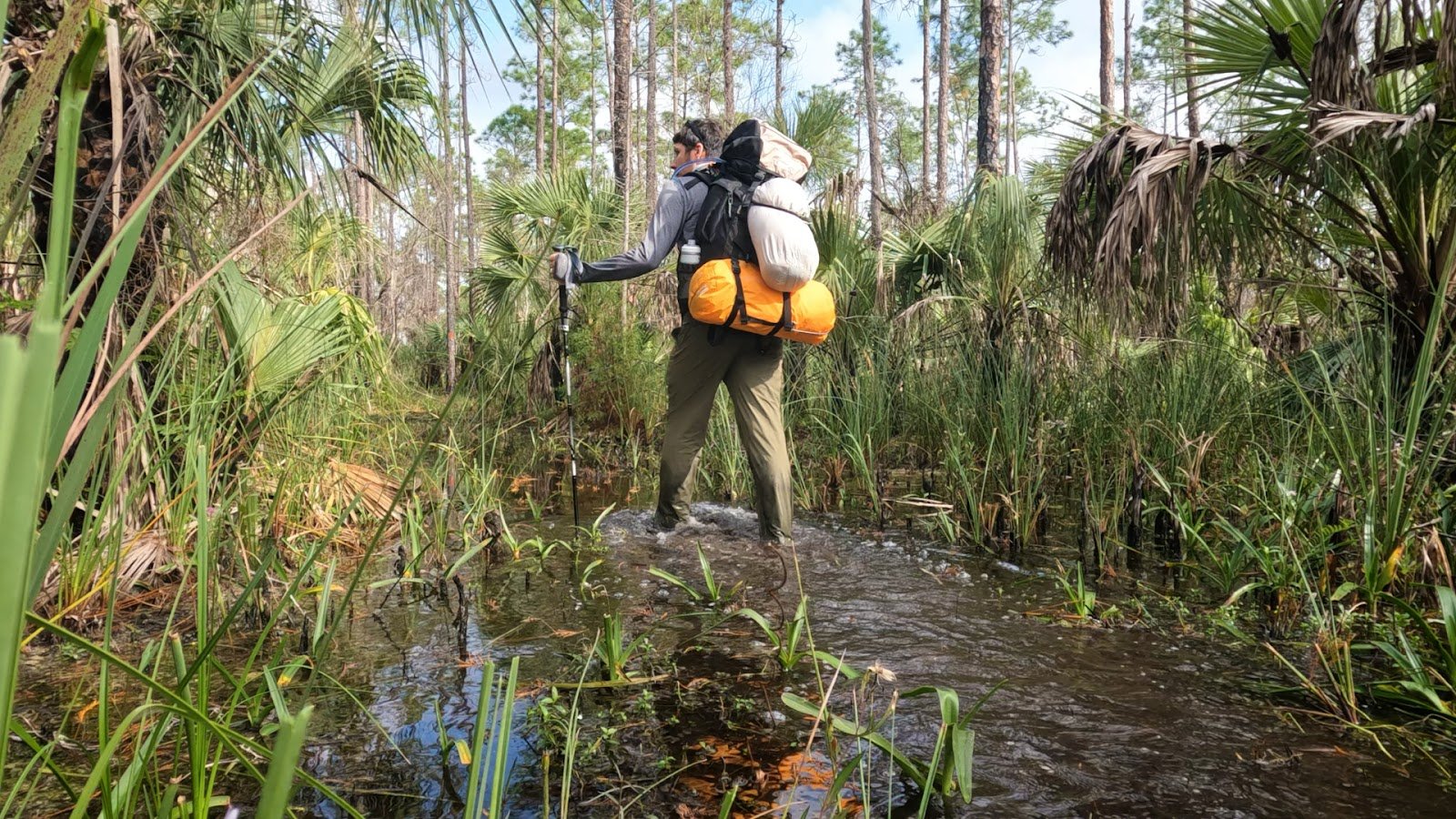
Lace up your boots. Everglades National Park has trails exploring different habitats. Most paths are flat and easy. Start at Royal Palm for two popular, easy walks.
Anhinga Trail is a short boardwalk loop crossing a freshwater slough. You’ll spot alligators, herons, and turtles sunbathing right beside the path. Nearby, Gumbo Limbo Trail winds through a shady tropical hardwood hammock.
Want panoramic views? Head to Pa-hay-okee Overlook. A short boardwalk leads to a platform showing endless sawgrass prairie. For a jungle-like atmosphere, try Mahogany Hammock. Its raised walkway takes you into a dense hammock featuring a giant mahogany tree. Long Pine Key offers pine rocklands.
Find trail networks through open pineland there. Near Flamingo, always check conditions first for trails like Coastal Prairie or Rowdy Bend.
Key trail features:
- Lots of wildlife sightings (especially Anhinga Trail);
- Many accessible boardwalk paths;
- Mostly short, manageable lengths;
- Diverse ecosystems: slough, hammock, prairie, pineland;
- Shark Valley Loop is mainly for biking;
Biking
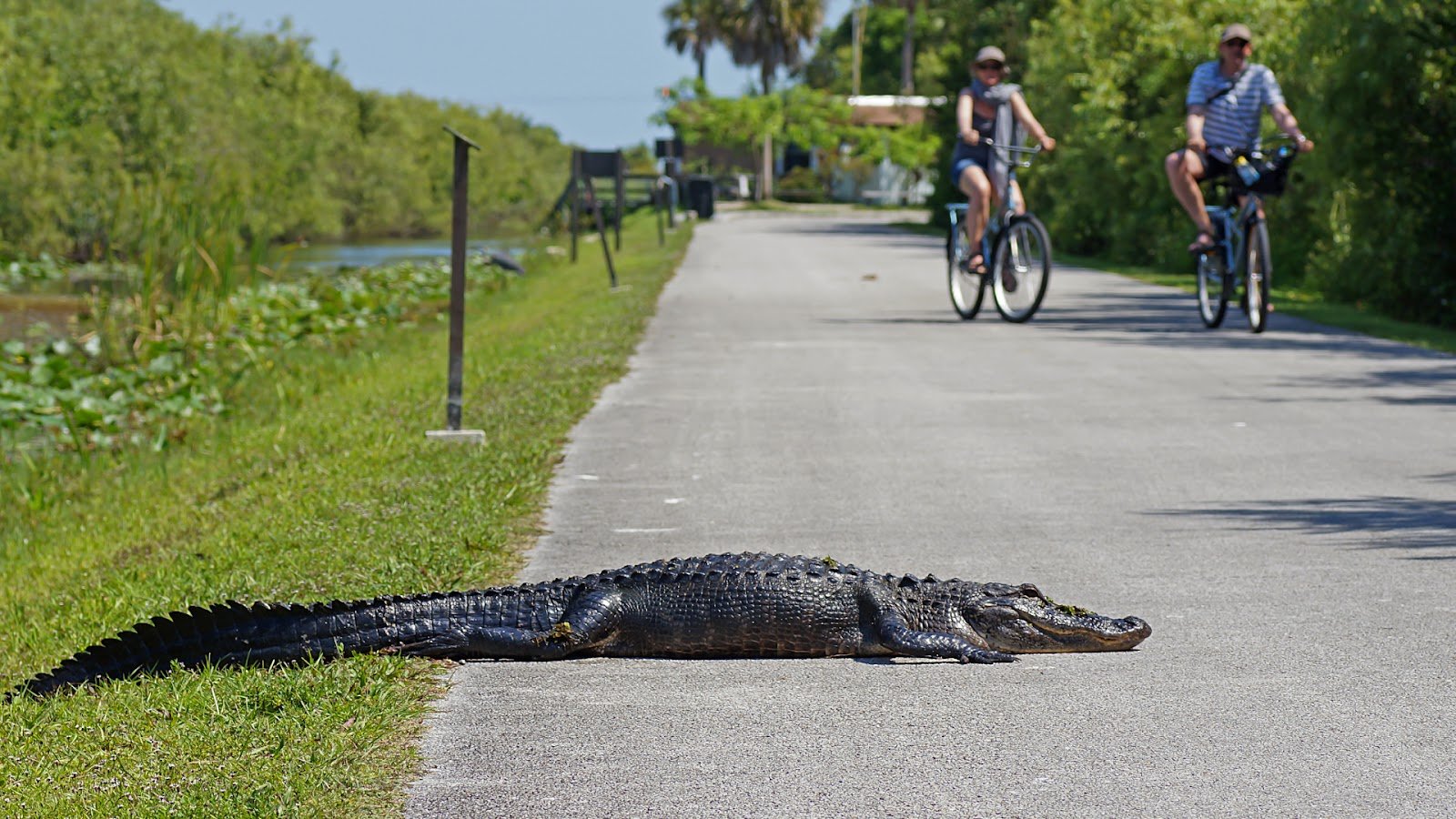
Biking is a great way to see more of the Everglades. For the top ride, head to Shark Valley. Its 15-mile paved loop cuts through classic sawgrass prairie. You’ll pedal right past alligators, turtles, and tons of birds. The trail ends at an observation tower with wide-open views. Need a bike? Rentals are right there.
Long Pine Key gives you another good ride. Trails weave through open pine rocklands. You can choose paved paths or unpaved trails for different experiences.
For a real adventure, try Old Ingraham Highway near Flamingo. This unpaved road pushes deep into the backcountry. Heads up: always check current conditions before going. It can get rough or flooded.
Key things for bikers:
- Shark Valley loop: paved, flat, packed with wildlife;
- Bike rentals at Shark Valley;
- Long Pine Key: paved/unpaved trails in pine forest;
- Old Ingraham Highway (Flamingo): adventurous backcountry;
- Bring plenty of water and sun protection;
- Check trail conditions seasonally;
Scenic Drives
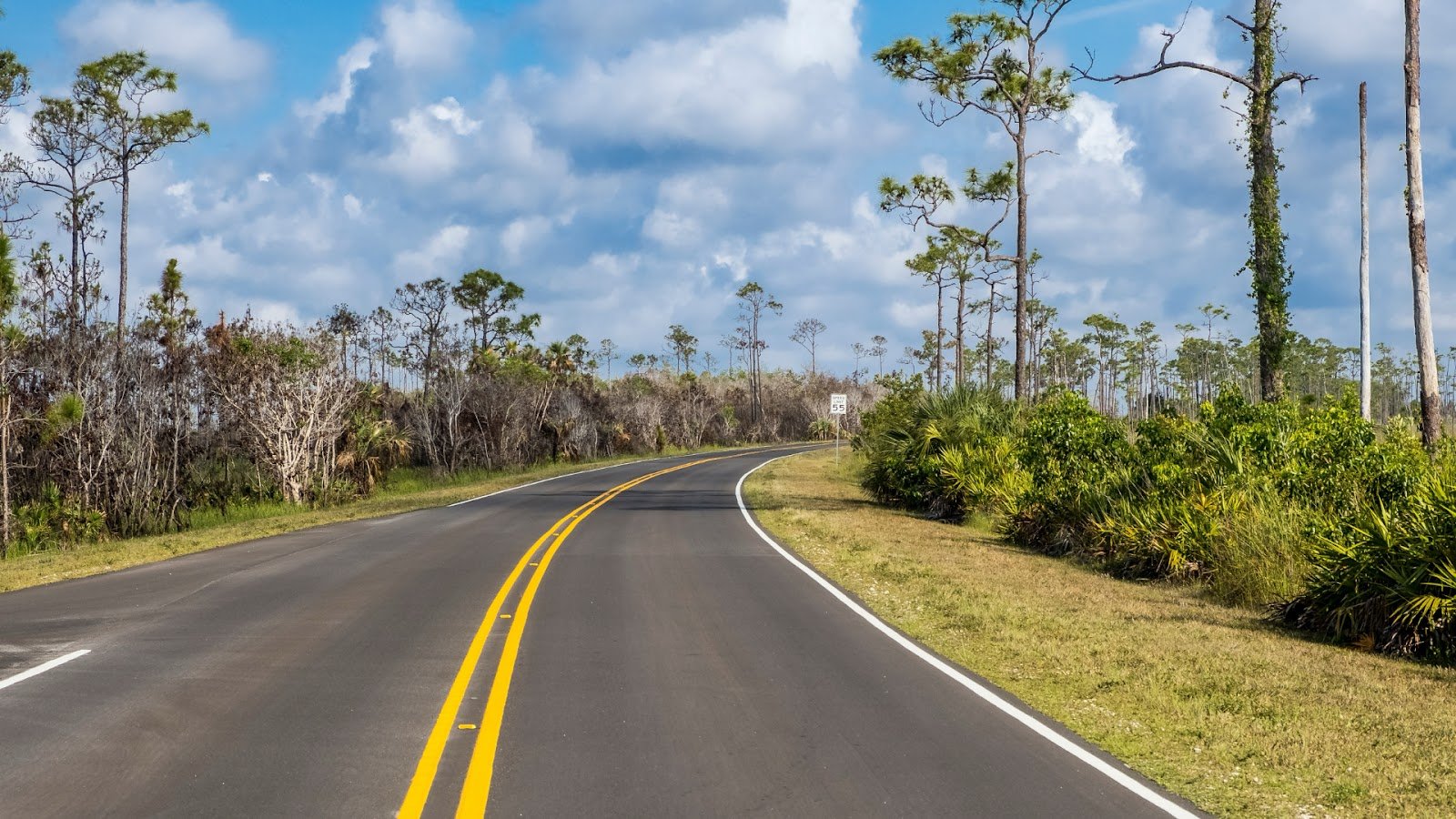
Drive easy through Everglades scenery. For the main route, take Main Park Road. This 38-mile paved drive starts at Ernest Coe entrance near Homestead and winds all the way to Flamingo on Florida Bay. It gets you to different ecosystems and many trail starts.
Go at your own speed. Stop often at pull-offs and overlooks. Pass key spots like Royal Palm (Anhinga Trail), Pa-hay-okee Overlook (wide prairie views), and Mahogany Hammock (dense jungle walk). Grab chances to see alligators by the road or wading birds in marshes. This road brings classic Everglades sights right to your window.
Key things about Main Park Road:
- 38 miles one-way (Ernest Coe to Flamingo);
- Links major visitor spots and trail starts;
- Plenty of pull-offs and overlooks;
- Good chance to see wildlife (gators, birds);
- Give yourself enough time for stops;
- Check Flamingo conditions seasonally;
Wildlife Encounters & Birding Bliss
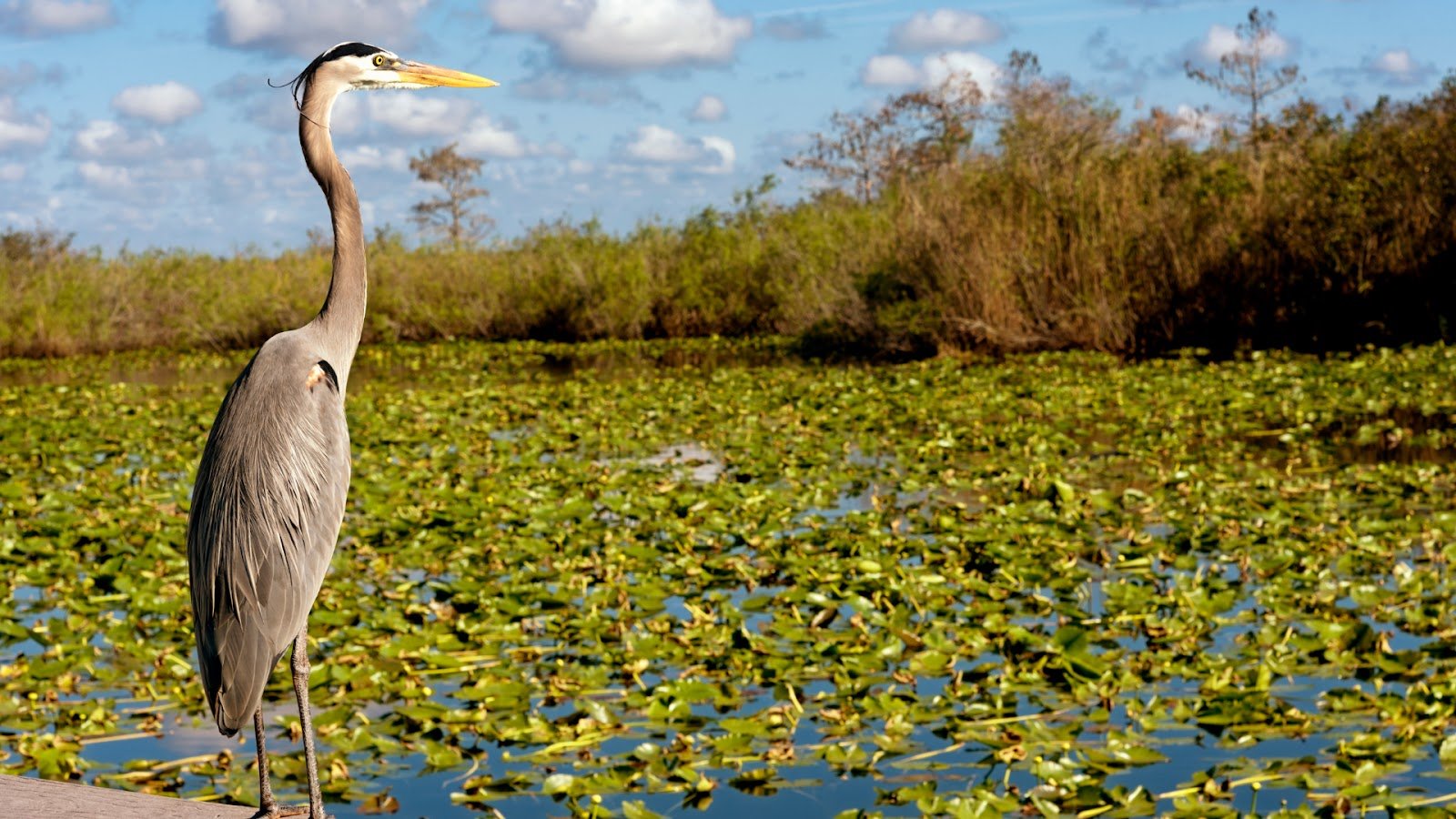
Spotting wildlife makes an Everglades trip memorable. Seeing iconic animals is a big part of the experience. You’re almost sure to spot American alligators, especially along Anhinga Trail boardwalk or Shark Valley tram route.
Keep an eye out for rarer American crocodiles, often around Flamingo’s coastal areas. Manatees and dolphins also swim in park waterways, particularly near Gulf Coast and Florida Bay.
But birds really steal the show. This park is a top spot for birding any time of year. Expect lots of them. Herons, egrets, ibis, and wood storks wade through marshes. Watch for colorful roseate spoonbills and strong osprey. Endangered snail kites hunt apple snails over wetlands.
Top places to see wildlife and birds:
- Anhinga Trail (gators, birds)
- Shark Valley (prairie wildlife, tower views)
- Eco Pond near Flamingo (wading birds)
- Snake Bight Trail near Flamingo (check tides/access – shorebirds)
- Boat tours (dolphins, crocs, coastal birds)
View wildlife responsibly:
- Always keep a safe distance;
- Never feed animals;
- Use binoculars or zoom lenses;
- Stay on trails and boardwalks;
Immersive Experiences: Going Deeper
Ranger Programs
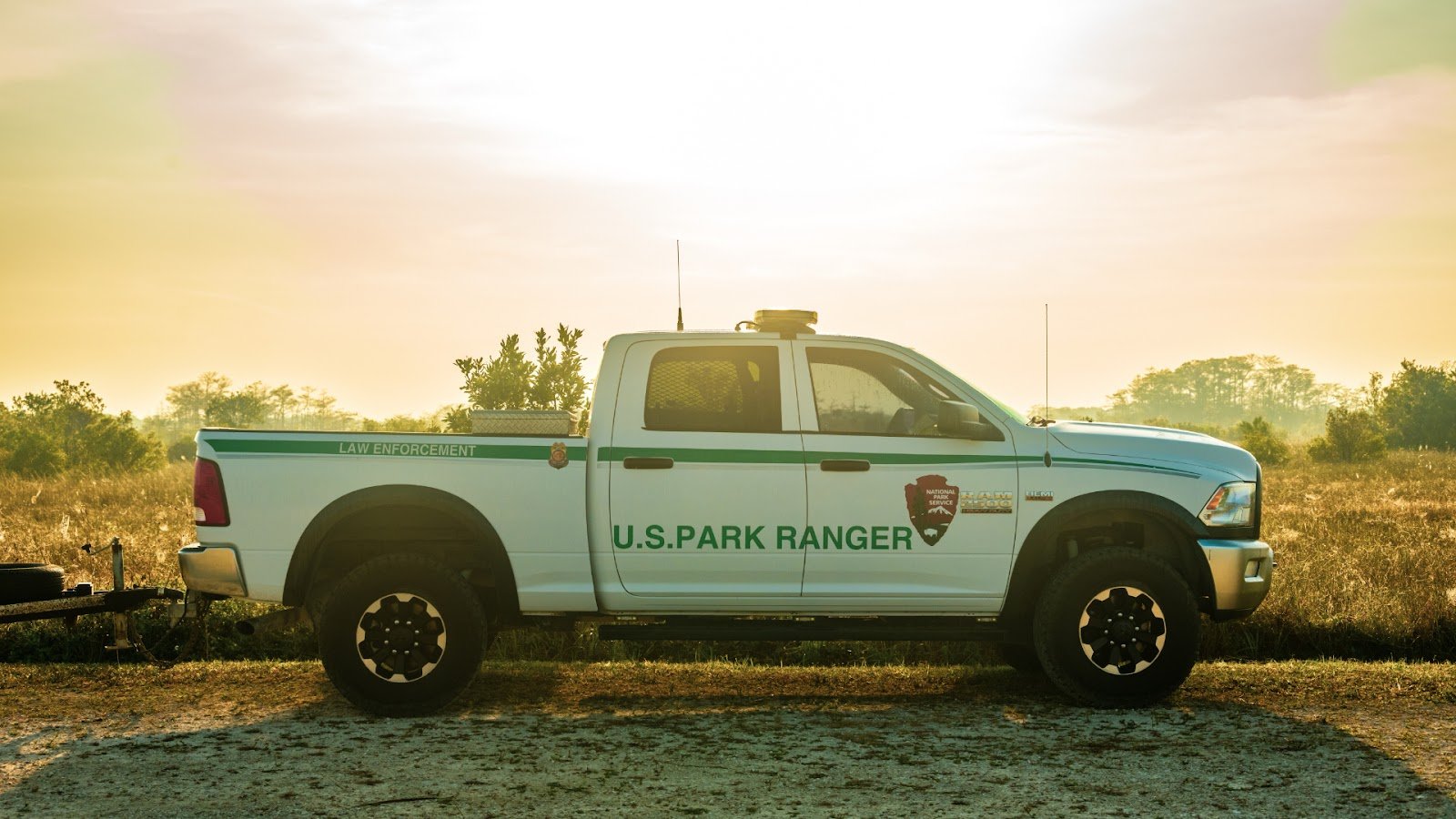
Make your Everglades visit better with free ranger programs. Park rangers lead these activities, sharing insights about ecosystems and wildlife. It’s a great way to learn directly from experts.
Program schedules change with season and location. Check visitor center boards or park websites when you arrive. Popular choices include guided walks like Anhinga Ambles at Royal Palm. Rangers there point out gators and birds.
The Flamingo area often has talks about crocodiles or coastal life. Special experiences might be stargazing under dark skies or guided canoe trips into quiet areas.
Joining a ranger program gives you:
- Expert knowledge about plants, animals, and park history;
- Answers to your questions;
- Access to unique spots and views;
- Better wildlife spotting skills;
- Fun learning for everyone;
Wear sturdy shoes, bring water, and arrive on time. Booking usually isn’t needed.
Fishing
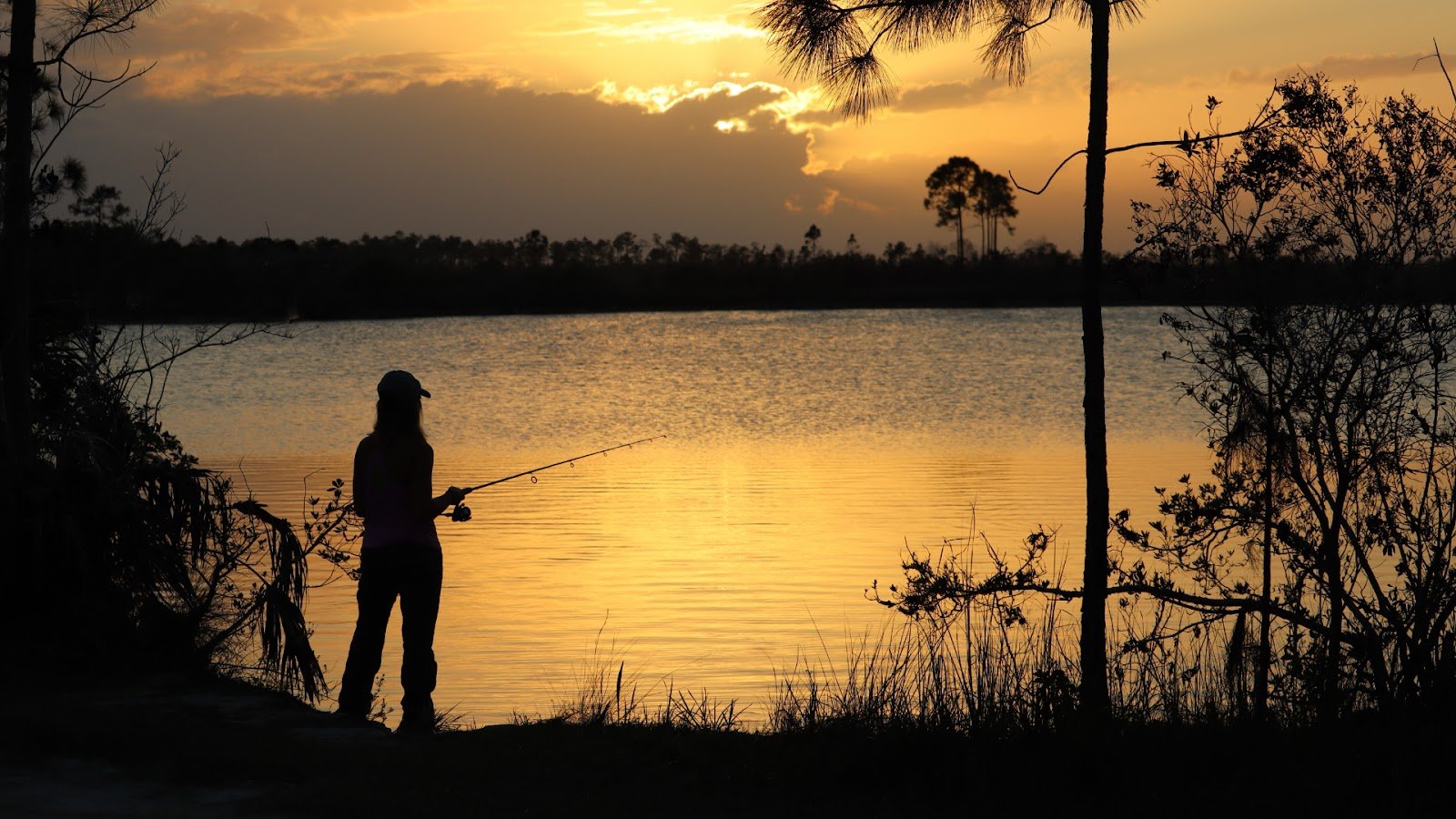
Fishing draws many visitors to Everglades National Park, mainly saltwater options. Anglers hook fish in coastal waters reachable from park spots. Top places are Florida Bay near Flamingo and Gulf Coast areas around Everglades City and Ten Thousand Islands.
Get this straight before you cast: Most anglers need a valid Florida saltwater fishing license. Park rules are strict too. They cover catch limits, protected species, and gear rules. Always check current regulations first.
Key points for fishing here:
- Saltwater fishing only (Florida Bay, Gulf Coast) – requires license;
- Must follow all park fishing rules;
- Flamingo marina has boat launch access;
- Common catches: snook, redfish, sea trout;
- No freshwater fishing in park;
Camping
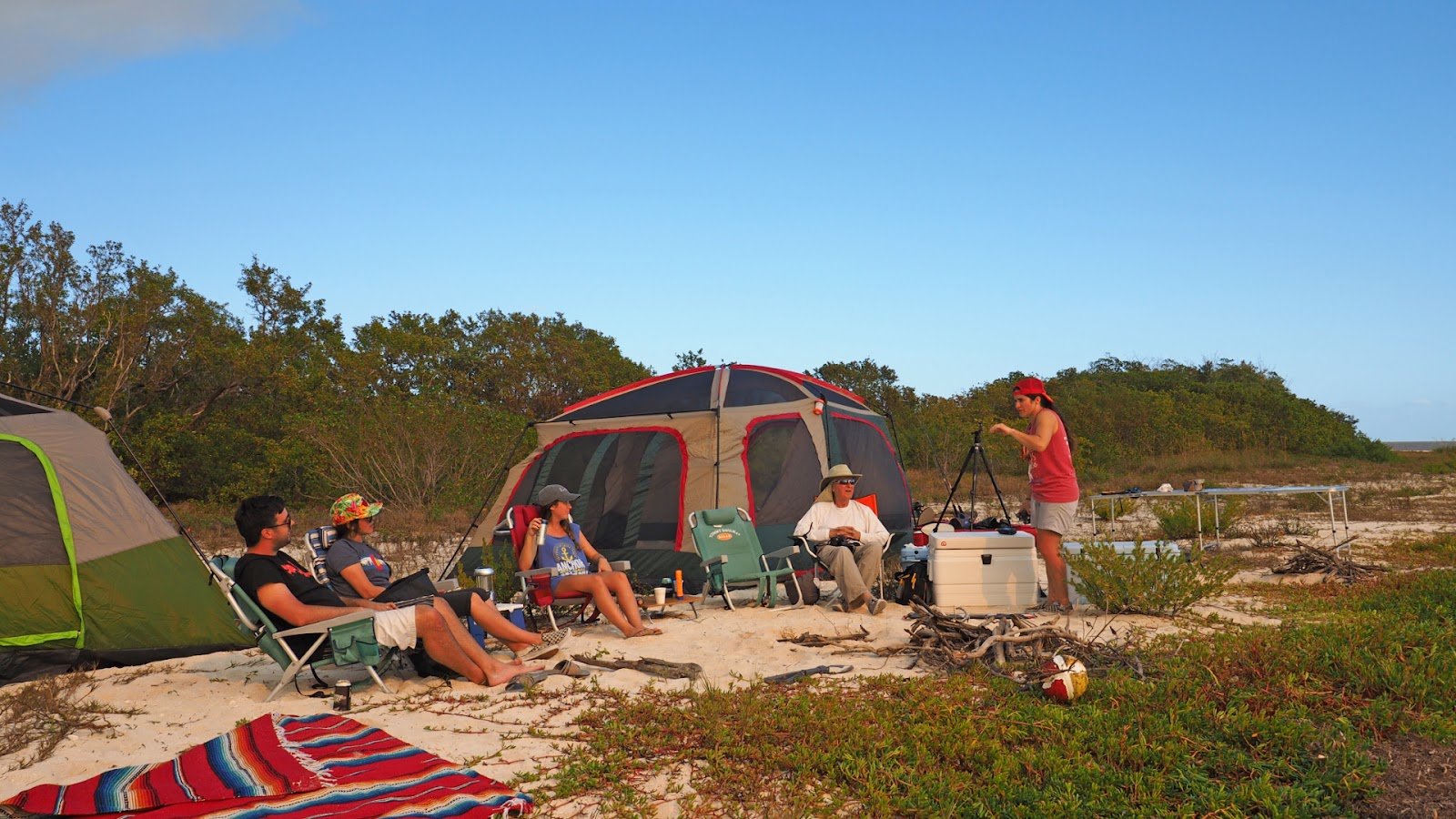
Sleep under stars surrounded by Everglades wilderness. Camping options exist for different comfort levels and adventure tastes. Frontcountry campgrounds offer easiest access. Long Pine Key provides shaded sites among pines.
Flamingo campground sits near Florida Bay, offering basic facilities and potential waterfront views. Both accommodate tents and RVs.
For true immersion, consider backcountry camping. This requires more planning and permits.
Options include:
- Chickees: Elevated platforms over water (bring a canoe/kayak);
- Ground sites: Designated mounds in mangroves or prairies;
- Beach sites: Primitive spots on coastal keys (Gulf Coast);
Essential camping details:
- Frontcountry sites: Long Pine Key, Flamingo (reservations recommended);
- Backcountry requires a permit (obtain in advance);
- All backcountry sites accessed by boat (kayak/canoe/motorboat);
- Prepare thoroughly: pack all water, food, bug protection, safety gear;
- Strictly follow Leave No Trace principles;
Stargazing
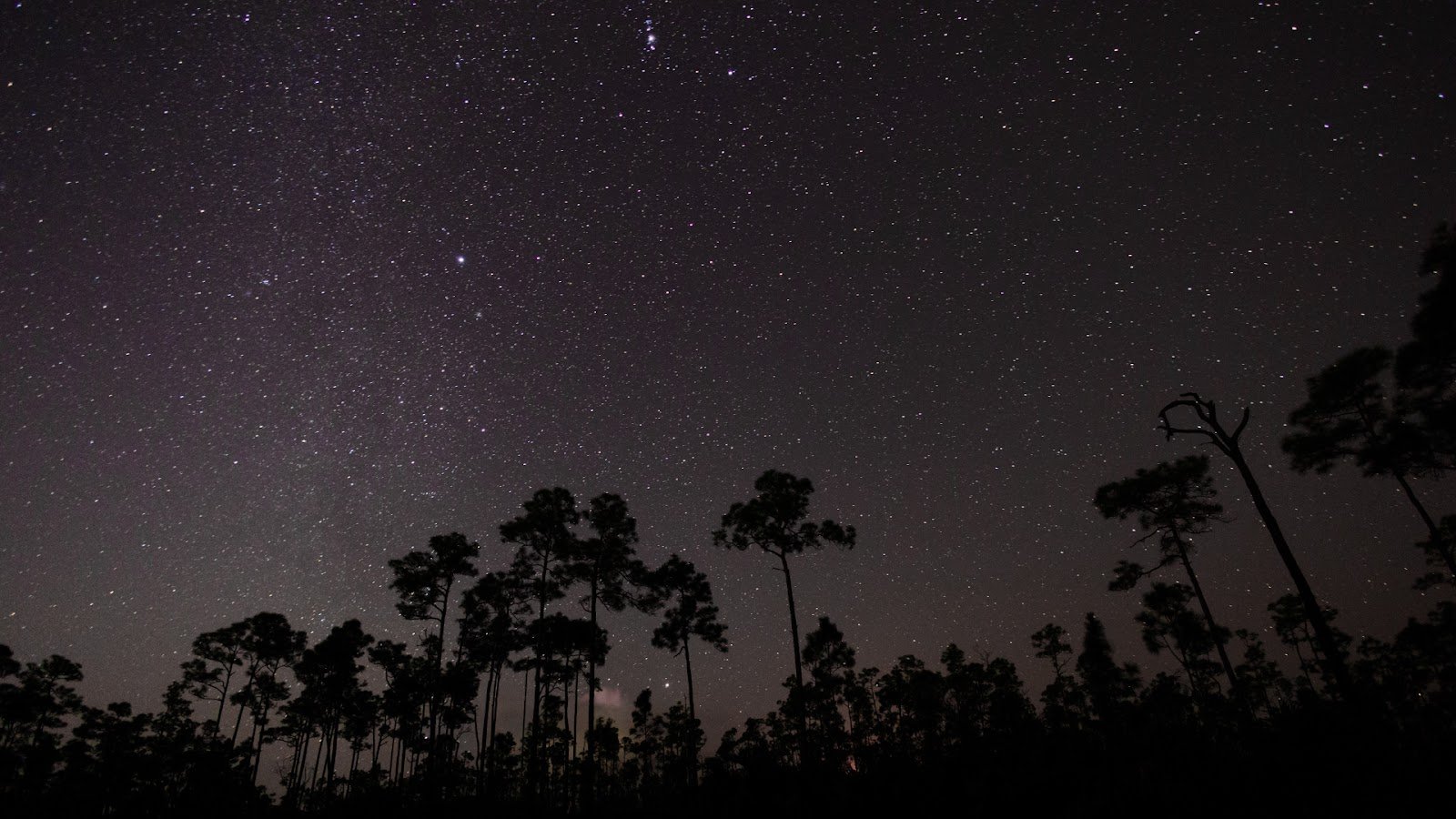
Everglades darkness is a gift. Far from city lights, park skies offer incredible stargazing. Low light pollution reveals a brilliant night canvas. The Flamingo area is particularly renowned for its open, dark vistas over Florida Bay. Remote backcountry sites also provide exceptional viewing.
On clear nights, expect stunning views of the Milky Way stretching overhead. Countless stars and constellations become vividly clear. Park rangers sometimes organize special stargazing programs during optimal viewing times. Check schedules at visitor centers.
For best stargazing:
- Target Flamingo or backcountry locations;
- Visit during dry season (Nov-Apr) for clearer skies;
- Check moon phase – new moon is ideal;
- Allow eyes 20+ minutes to adjust to darkness;
- Use red flashlight to preserve night vision;
- Bring insect repellent and warm layers;
- Verify program availability with rangers;
Special Considerations & Responsible Visitation
Safety First
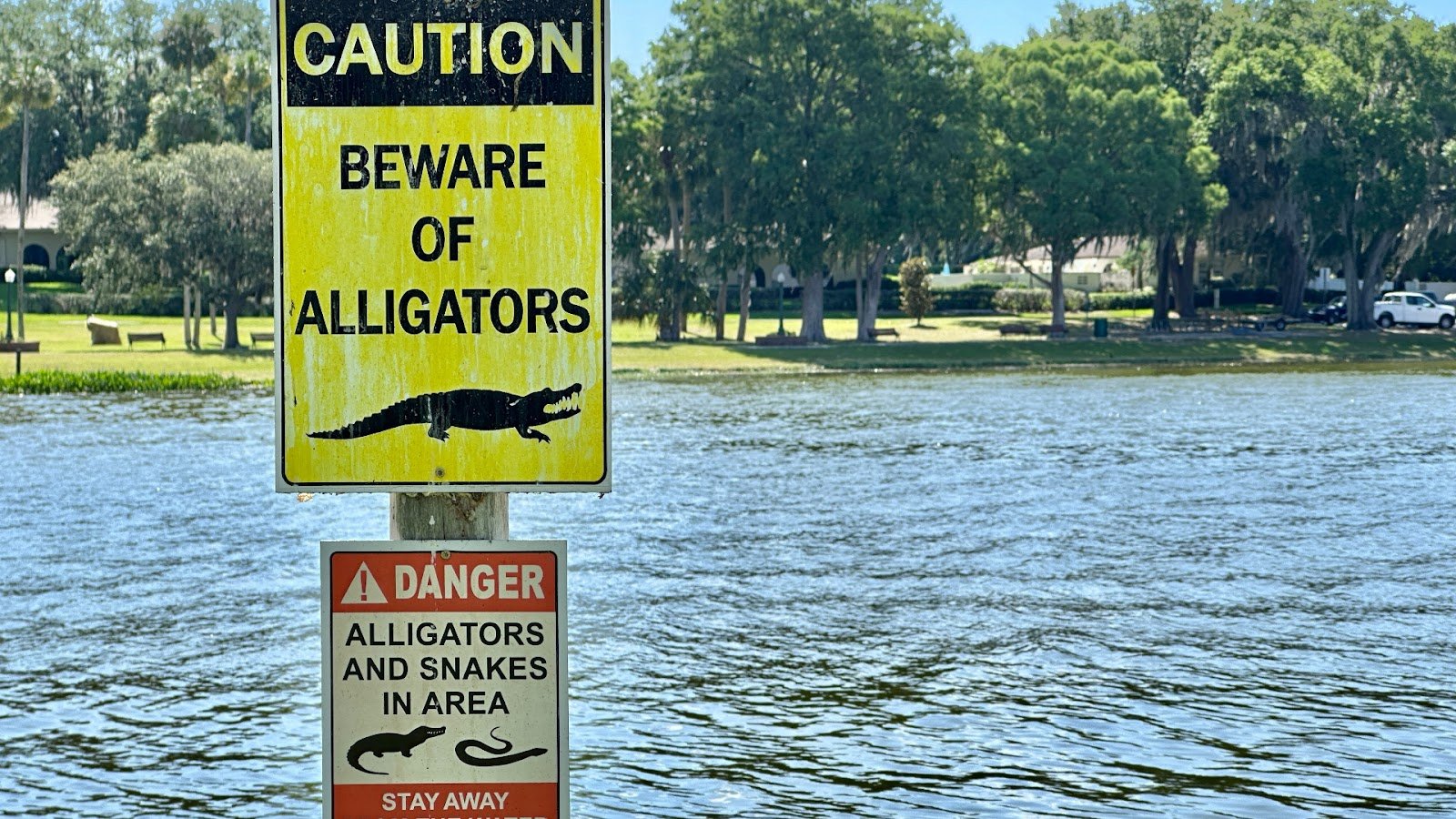
Prepare smart for Everglades adventures. Florida sun and heat hit hard all year. Protect yourself constantly. Wear a wide-brim hat, use strong sunscreen, and put on sunglasses.
Drink water well past feeling thirsty – dehydration comes on fast. Pack way more water than you expect to need.
Bugs are a real challenge. Mosquitoes get nonstop near water, especially dawn and dusk. Apply bug spray with DEET often. Cover skin when you can.
Always respect wildlife. Never approach, feed, or bother animals. Keep safe distance from alligators, crocs, snakes, and nesting birds. Stick to trails and boardwalks. This protects both you and sensitive park areas.
Weather changes quickly. Afternoon storms pop up often, especially in the wet season. Check forecasts and park alerts before you go. Be ready to find shelter fast if storms roll in.
Essential safety steps:
- Guard against sun and drink lots of water;
- Use DEET insect repellent;
- Watch wildlife only from a safe spot;
- Stay on marked paths and boardwalks;
- Watch weather and take warnings seriously;
- Tell someone your plans;
- Pack basic first-aid supplies;
Leave No Trace

Protecting Everglades wilderness is up to all of us. This ecosystem is unique and fragile. What you do affects its health directly. Stick to Leave No Trace basics.
Pack out everything you carried in. That means all trash, food scraps, litter. Leave nothing behind. Always stay on marked trails and boardwalks. Going off-path damages plants and habitats.
Never feed wildlife. People’s food hurts them and changes how they act naturally.
Respect helps keep park beauty and balance for others. Accessible trails like Anhinga and Gumbo Limbo let everyone enjoy nature right, while staying on path.
Key ways to reduce your impact:
- Pack out all waste – no trash left behind;
- Stay only on marked trails and boardwalks;
- Never feed any animals;
- Take photos only, leave only footprints;
- Respect all park structures and signs;
- Support preservation through donations or volunteering if you can;
Accessibility

Everglades National Park works to welcome everyone. Several features help visitors with different mobility needs. Key trails offer accessible options. Anhinga Trail at Royal Palm has a paved boardwalk, making wildlife viewing easy.
Nearby Gumbo Limbo Trail is a hard-packed, level path through shady forest. Shark Valley boasts a paved 15-mile loop good for wheelchairs and mobility devices. It also has an accessible observation tower halfway around.
Visitor centers – Ernest Coe, Flamingo, Gulf Coast, Shark Valley – all have accessible facilities. Shark Valley tram tours can handle wheelchairs if you book ahead. Biking Shark Valley loop is another good choice on paved ground.
For a smooth visit:
- Check trail surfaces (boardwalk, paved, hard-packed);
- Review access details for Anhinga, Gumbo Limbo, Shark Valley loop and tower;
- Contact visitor centers about tram wheelchair space;
- Ask about accessible restrooms at key spots;
- Consult official park resources before your trip;
Supporting the Park
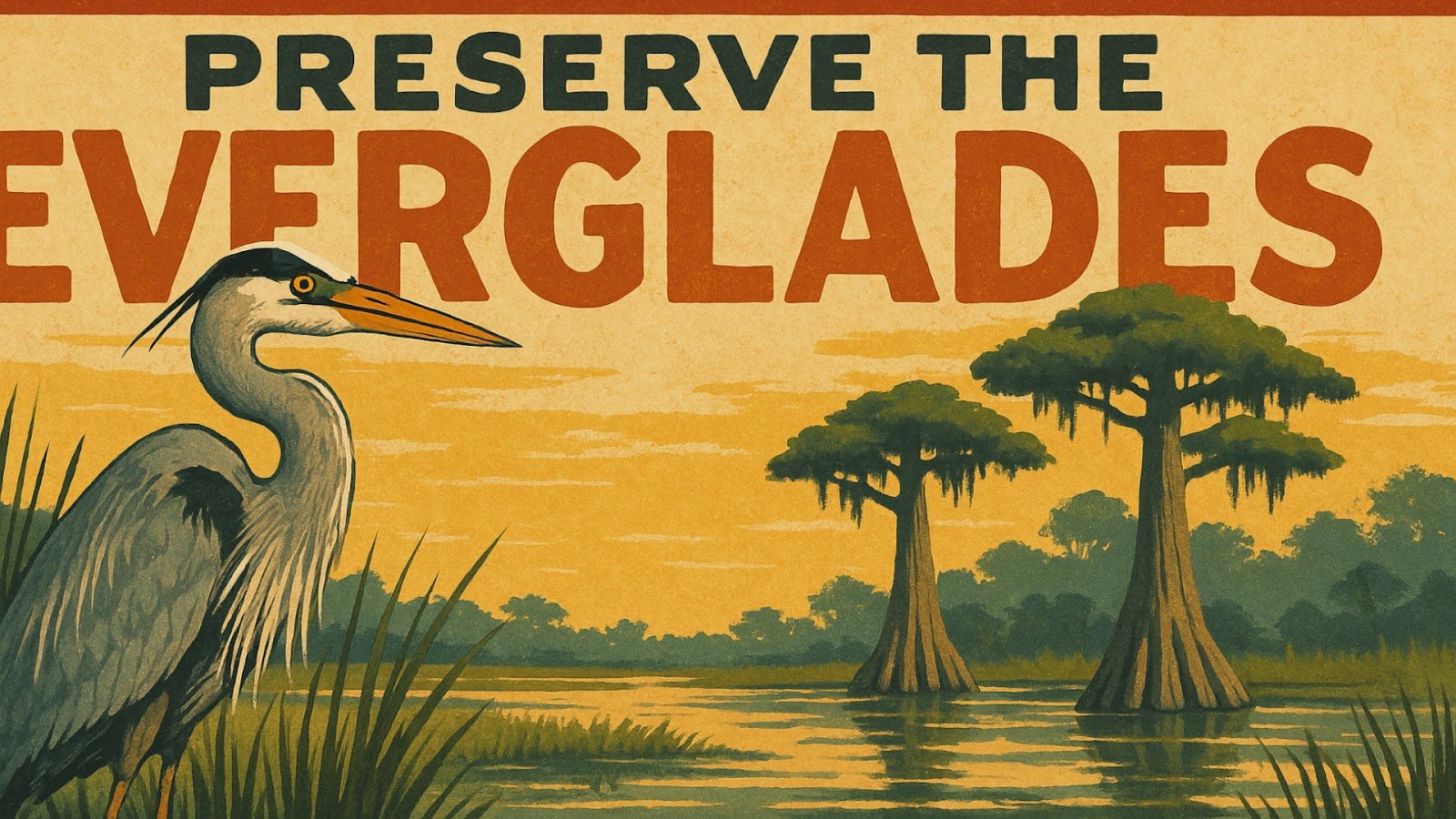
Your visit matters, but direct support helps keep Everglades National Park healthy for years to come. Think about these ways to help beyond just paying your entrance fee.
Donating money gives direct funding. Give online through the National Park Service site or donate at park visitor centers. Funds back important work like fixing habitats and running education programs.
Volunteering gives hands-on help. Offer your time and skills through different chances. Help rangers with visitors, join habitat clean-ups, or work on trail upkeep. Contact park volunteer coordinators to find out current needs.
Being a careful visitor is key support. Following Leave No Trace and park rules protects sensitive areas. Your respectful actions make a real difference.
Ways you can help:
- Donate funds online (NPS) or at visitor centers;
- Volunteer time: visitor help, clean-ups, trail work;
- Always stick to park rules and Leave No Trace;
- Share your good experience thoughtfully;
- Encourage others to visit with care;
FAQs
How much time do you need in Everglades National Park?
See key sights in one day. But for a fuller experience with activities like paddling, hiking different trails, and spotting wildlife across main areas, plan 2-3 days.
Can You Swim In The Everglades?
No. Swimming is not allowed and risky. Alligators, crocodiles, and water quality make it dangerous.
When’s the best time to visit?
Dry season (November through April) is best. Expect less water, more wildlife, fewer bugs, and easier park access.
Conclusion: Your Everglades Adventure Awaits
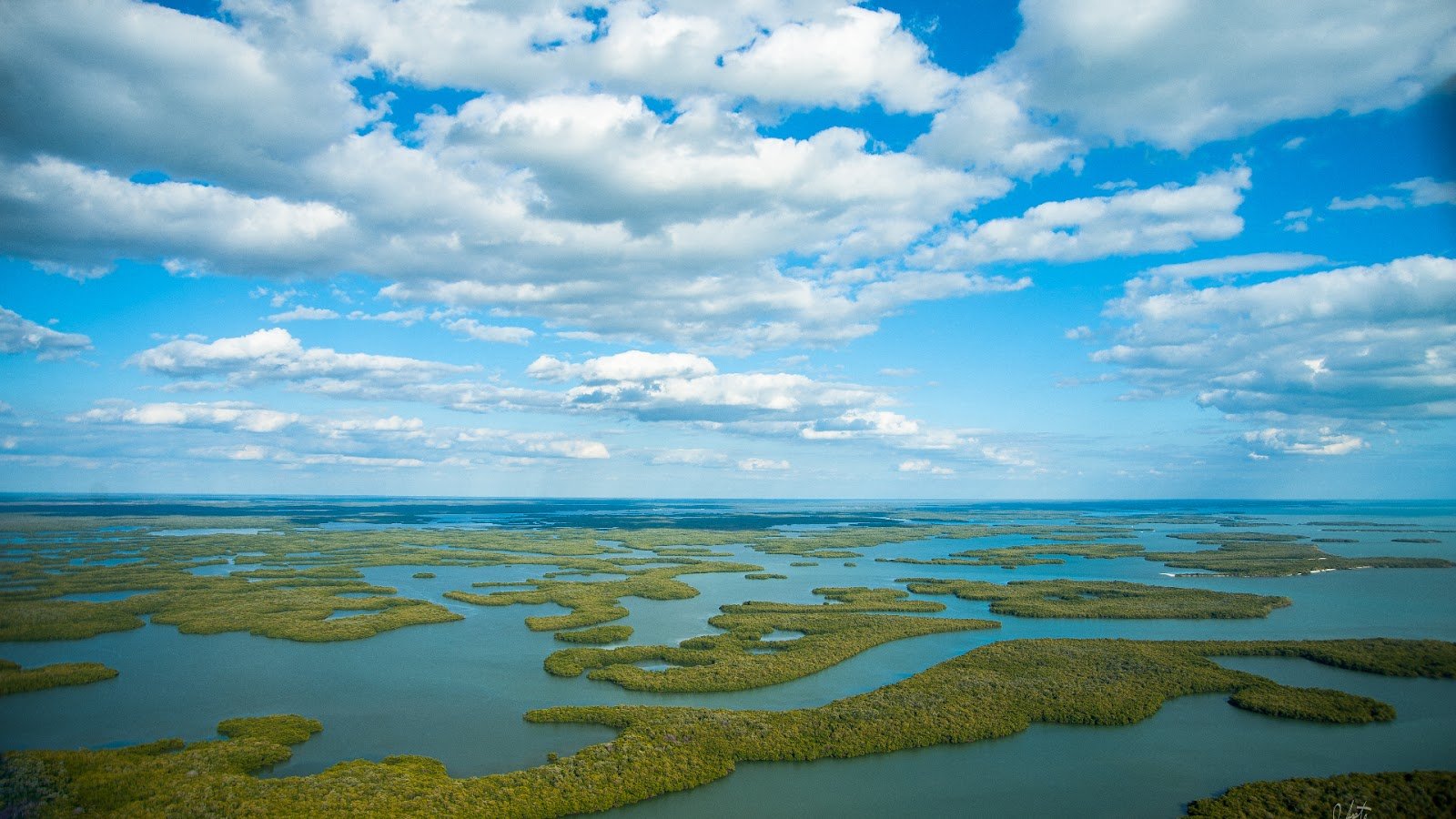
Everglades National Park offers a unique wilderness experience. This big River of Grass has adventure for everyone. Paddle quiet waters, hike different trails, spot wildlife, or join ranger-led programs. Options go from easy boardwalks to exploring far-off backcountry.
Remember: Smart prep makes your trip smoother. Know differences between dry and wet seasons. Pack must-haves: water, sun protection, bug spray. Most importantly, visit with care. Help protect this place for the future.
Get set for a memorable trip. Check current conditions online before heading south. Your adventure starts here.

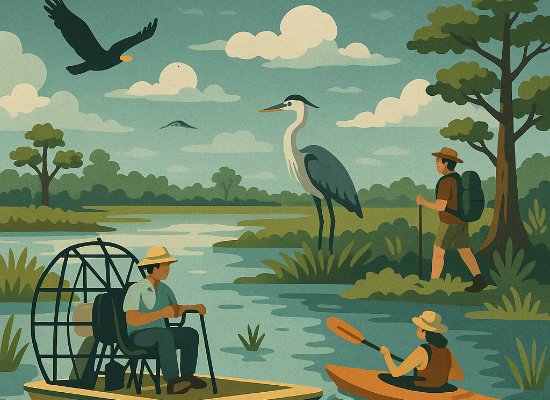




0 Comments